An Analysis of Diversity in Chinese Culture: Ethnicities & Religion
VerifiedAdded on 2022/08/13
|6
|374
|19
Essay
AI Summary
This essay provides an overview of the diversity within Chinese culture, emphasizing the various ethnic groups, languages, and religions that contribute to its richness. Mandarin serves as the lingua franca, while other major languages like Cantonese, Min, and Hakka are also prevalent. The religious landscape includes state-sponsored atheism alongside recognized religions such as Buddhism, Islam, Catholicism, Protestantism, and Taoism. The essay highlights China's identity as a united socialist multiethnic state with a cultural heritage spanning over 5000 years, influenced by ancient philosophy and spiritualism. It also touches on the contemporary influences of Western culture and urbanization, as well as the transition towards a world culture that advocates for multiculturalism and diversity. References to academic works further support the analysis of cultural dimensions and societal dynamics within China.
1 out of 6
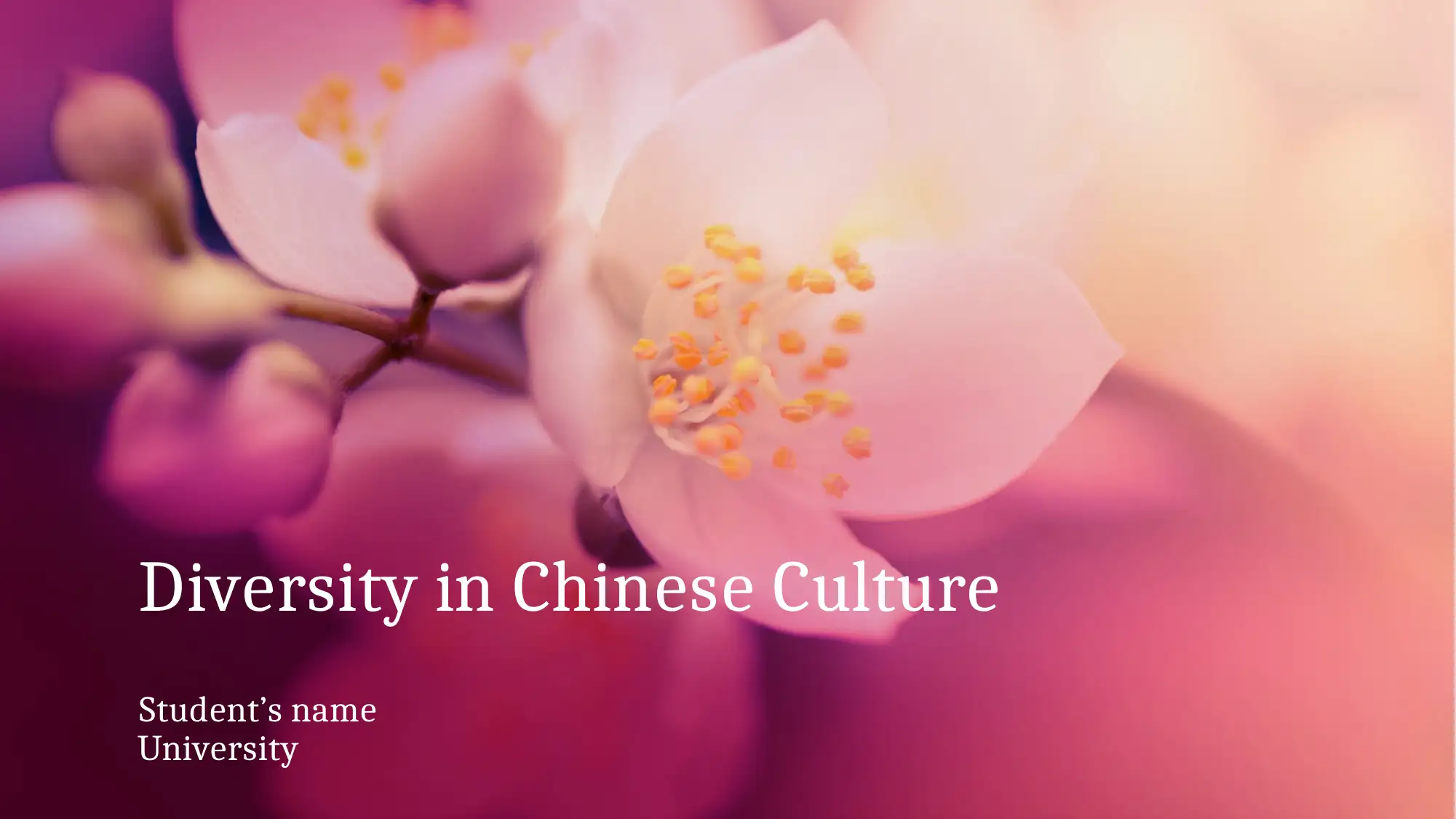
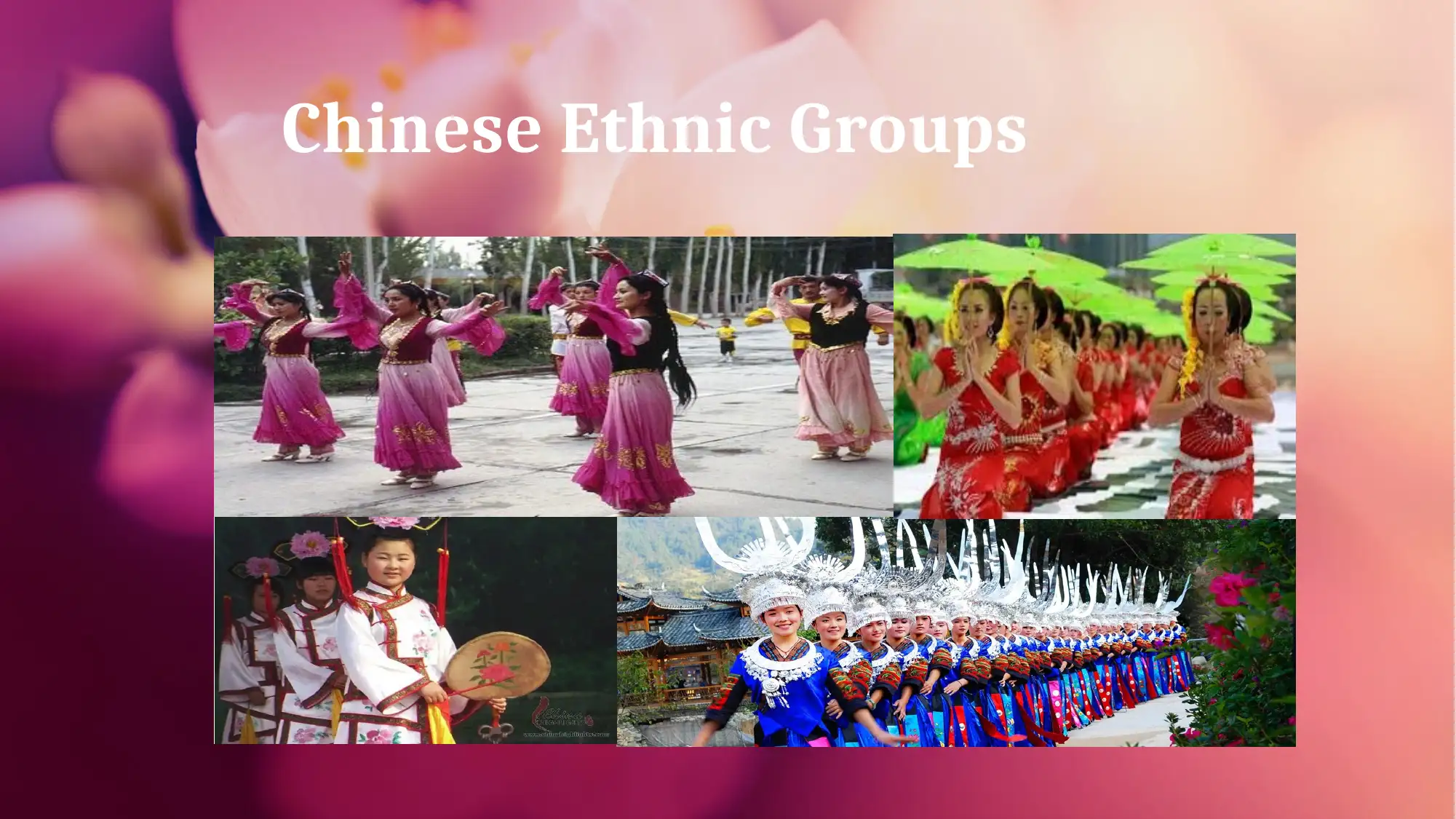
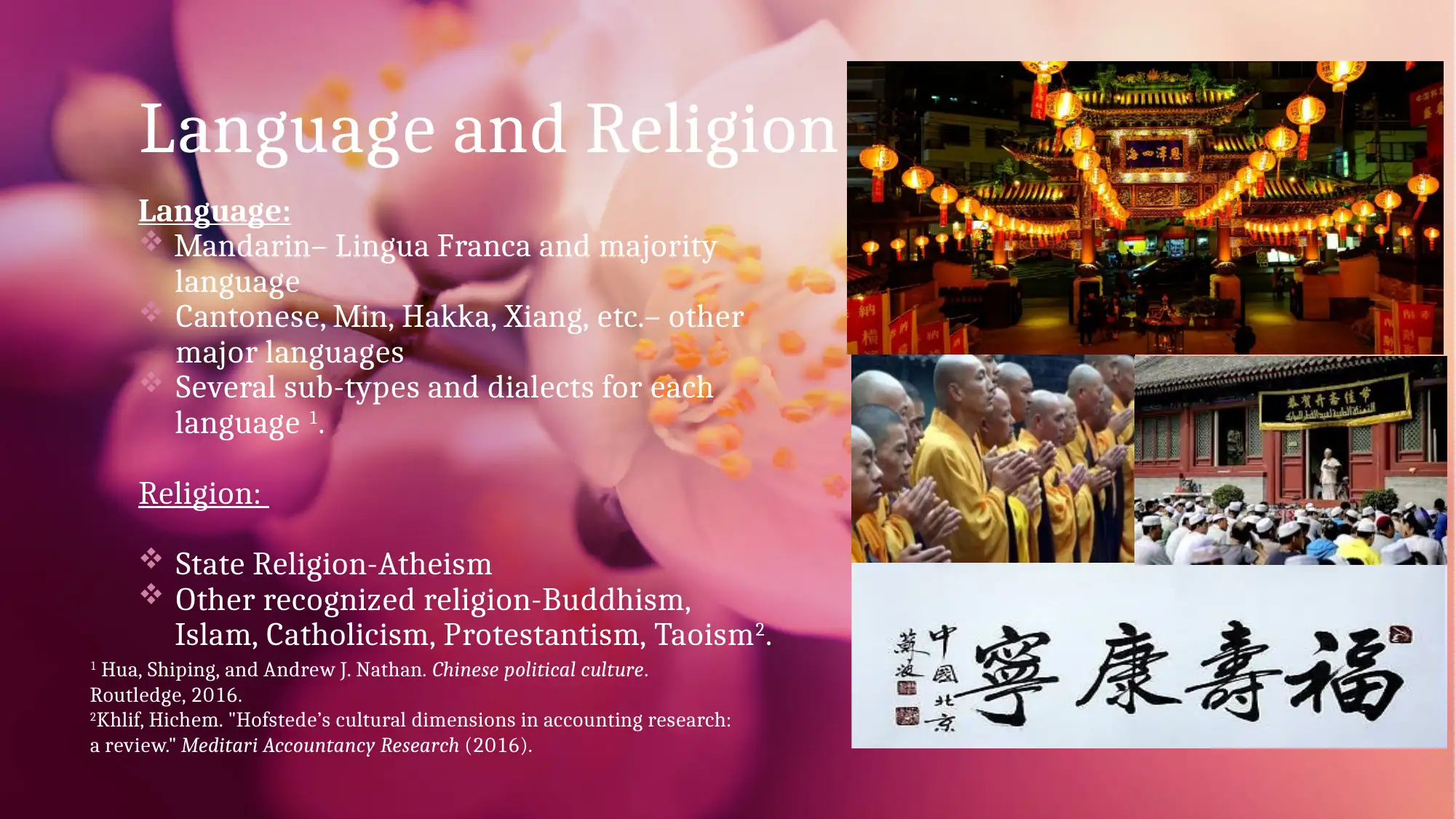

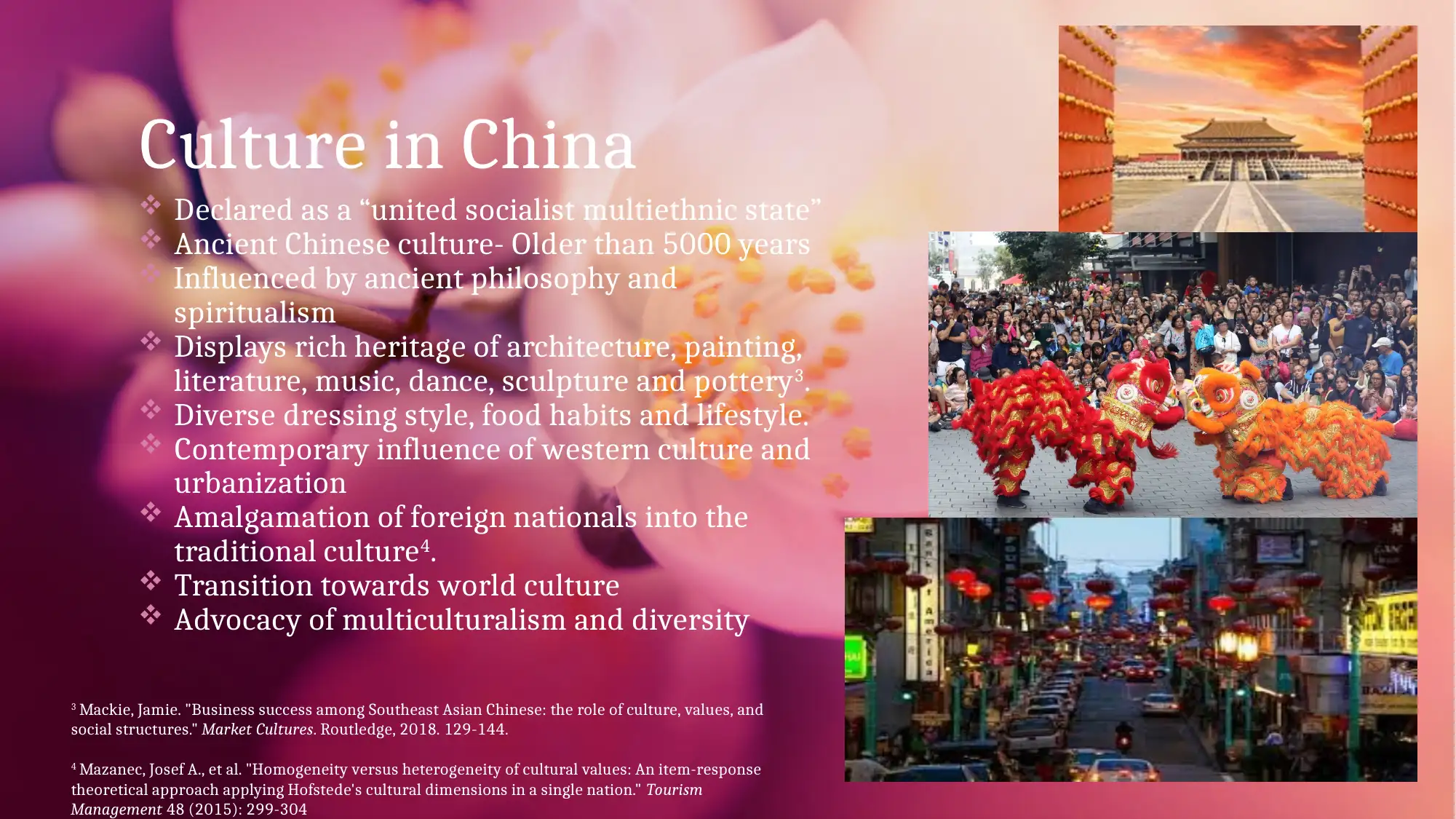
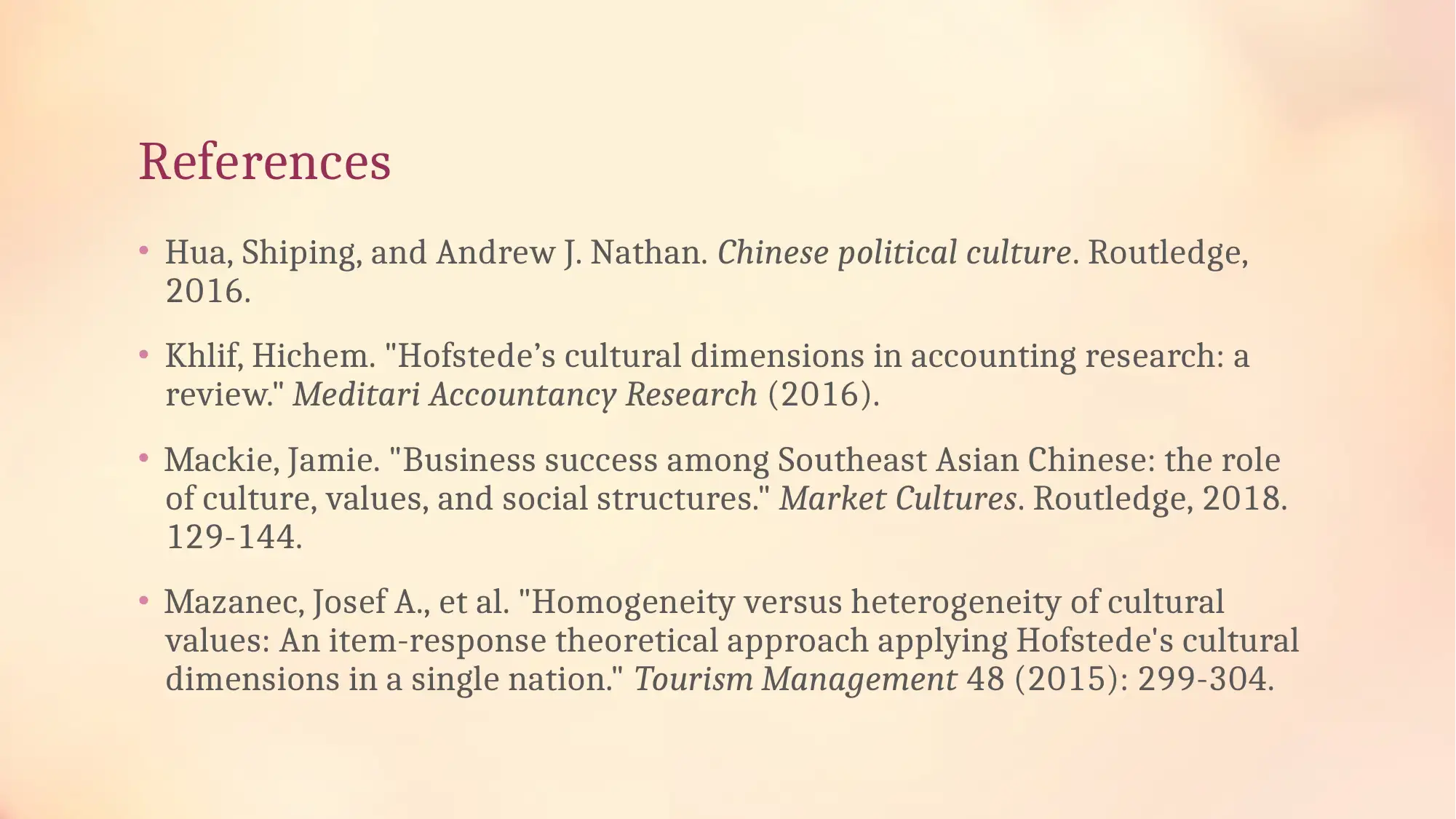
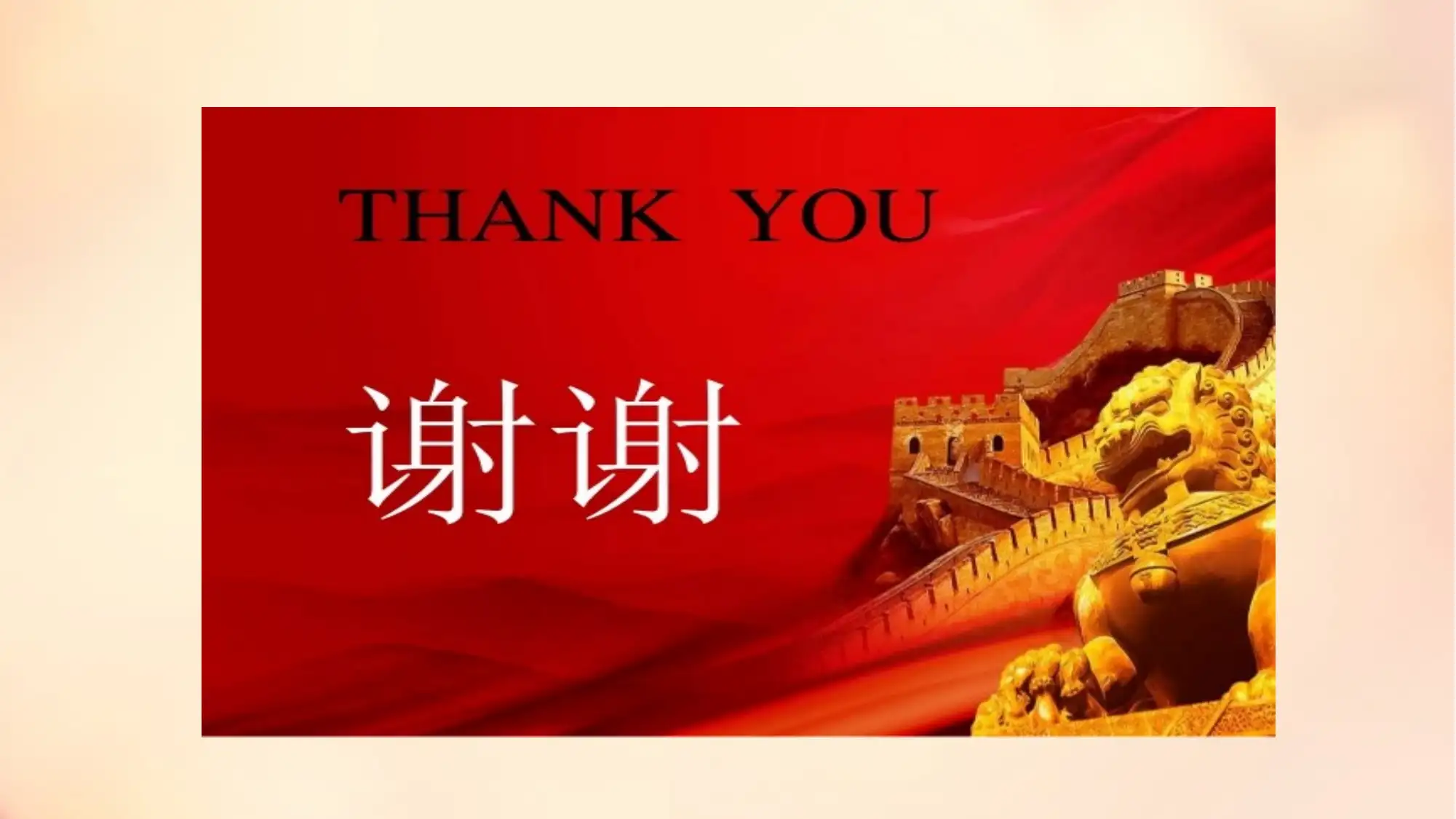
![[object Object]](/_next/static/media/star-bottom.7253800d.svg)